The Hoya Grower’s Handbook: Mastering the Art of Cultivating Wax Plants
Discover the secrets to growing and caring for the beautiful hoya plant. This comprehensive guide covers everything you need to know, from selecting the right variety and providing the ideal growing conditions to proper watering, fertilizing and pruning techniques. Learn how to keep your hoya thriving and blooming year-round with these simple yet effective tips.
Hoya also known as the wax plant or porcelain flower, is a genus of tropical plants that have captured the hearts of many plant enthusiasts with their stunning foliage and unique, waxy blooms. These evergreen vines are not only visually appealing but also relatively easy to care for making them an excellent choice for both beginners and experienced gardeners alike. In this article, we’ll delve into the world of hoya, exploring its varieties, growing requirements and essential care tips to help you cultivate a healthy and vibrant plant.
Here’s a short and easy information chart about Hoya plants:
| Aspect | Information |
|---|---|
| Botanical Name | Hoya spp. |
| Common Names | Wax Plant, Porcelain Flower, Wax Vine |
| Plant Type | Evergreen perennial |
| Zones | 9-11 (outdoors); grown as houseplants in all zones |
| Exposure | Bright, indirect light |
| Bloom Time | Spring to summer |
| Height/Spread | 2-4 feet long, trailing or climbing |
Varieties of Hoya
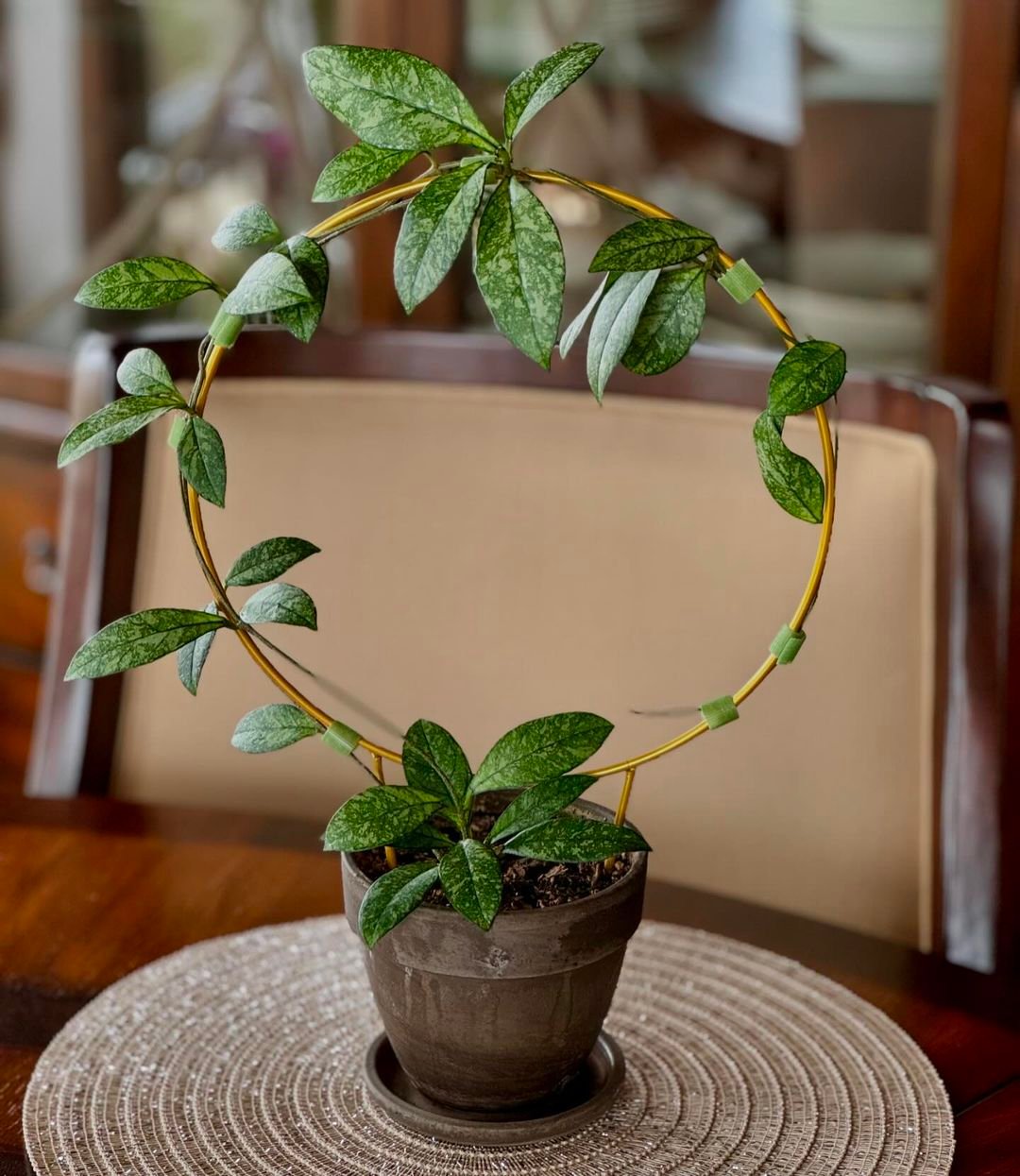
Hoya is a diverse genus with numerous species and cultivars, each boasting its own unique charm. Here are some popular varieties to consider:
Hoya carnosa
Also known as the wax plant, this is one of the most common and widely available hoya varieties. It features thick, waxy leaves and clusters of fragrant, star-shaped blooms in shades of pink, white or yellow.
Hoya kerrii
Commonly referred to as the Valentine hoya or Sweetheart hoya, this variety is prized for its heart-shaped leaves and delicate, fragrant blooms in shades of red or pink.
Hoya obovata
This hoya species is characterized by its elongated, obovate leaves and clusters of small, star-shaped flowers in shades of yellow or white.
Hoya compacta
As the name suggests, this variety is known for its compact growth habit and tightly clustered, waxy blooms in shades of pink or white.
Growing Requirements
To ensure your hoya plant thrives, it’s essential to provide the right growing conditions. Here are the key factors to consider:
Light
Hoyas prefer bright, indirect sunlight. Too much direct sunlight can scorch the leaves, while too little light can inhibit blooming. An east or west-facing window is often ideal.
Temperature
These tropical plants thrive in warm environments, with ideal temperatures ranging from 65°F to 80°F (18°C to 27°C). Avoid exposing them to temperatures below 50°F (10°C).
Humidity
Hoyas appreciate higher humidity levels, around 50% or higher. You can increase humidity by placing the plant on a pebble tray filled with water or using a humidifier.
Soil
Choose a well-draining potting mix formulated for epiphytic or succulent plants. A suitable mix can be created by combining equal parts peat moss, perlite, and bark chips.
Watering and Fertilizing
Proper watering and fertilizing are crucial for the health and vigor of your hoya plant. Here are some guidelines to follow:
Watering
Hoyas prefer their soil to dry out slightly between waterings. Check the soil moisture by sticking your finger into the potting mix. Water when the top inch or two feels dry. Avoid letting the plant sit in water, as this can lead to root rot.
Fertilizing
During the growing season (spring and summer), feed your hoya with a balanced, water-soluble fertilizer every two to four weeks. Reduce or cease fertilizing during the winter months when growth slows down.
Pruning and Training
Pruning and training can help maintain the desired shape and promote bushier growth in your hoya plant. Here are some tips:
Pruning
Prune your hoya in early spring before new growth emerges. Remove any dead, damaged or overly leggy stems using clean, sharp pruners. This encourages the plant to produce new, compact growth.
Training
Hoyas are naturally trailing or vining plants. You can train them to grow upright or along a trellis or moss pole by gently guiding the stems and using soft plant ties to secure them in place.
Propagation
Hoyas can be easily propagated from stem cuttings, allowing you to create new plants or share with fellow plant enthusiasts. Here’s how:
- Take a stem cutting with at least two or three leaf nodes.
- Remove the bottom leaves and allow the cutting to callus over for a few days.
- Plant the cutting in a well-draining potting mix and water lightly.
- Cover the pot with a plastic bag or humidity dome to maintain high humidity.
- Once new growth appears, gradually remove the covering and treat the new plant as you would an established hoya.
Troubleshooting
Like any plant, hoyas can sometimes face challenges. Here are some common issues and their potential solutions:
Yellow or drooping leaves
This can be a sign of overwatering or poor drainage. Adjust your watering schedule and ensure the potting mix dries out slightly between waterings.
Leggy growth
Insufficient light can cause hoyas to become leggy or stretched out. Move the plant to a brighter location or consider supplementing with grow lights.
Pests
Hoyas can be susceptible to pests like mealybugs, scale insects and spider mites. Inspect your plant regularly and treat any infestations promptly using insecticidal soap or neem oil.
Hoyas are truly captivating plants that offer a unique blend of beauty and ease of care. By following the guidelines outlined in this article, you’ll be well-equipped to cultivate a thriving hoya that adds a touch of tropical charm to your indoor or outdoor garden. Remember, patience and attention to detail are key when caring for these delightful plants. With the right techniques, you’ll be rewarded with lush foliage and stunning blooms that will bring joy to your space for years to come.

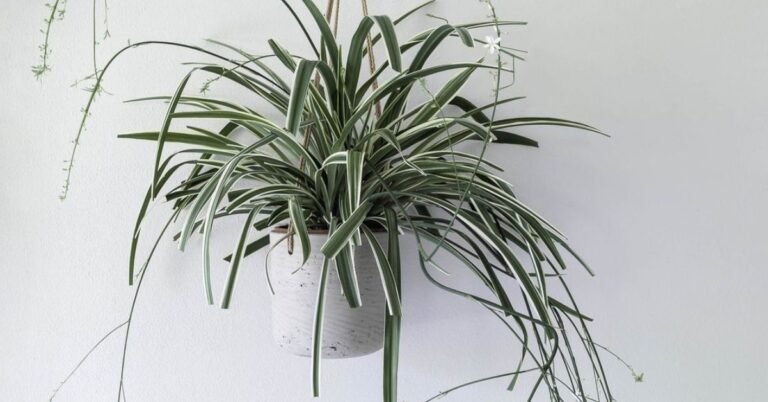
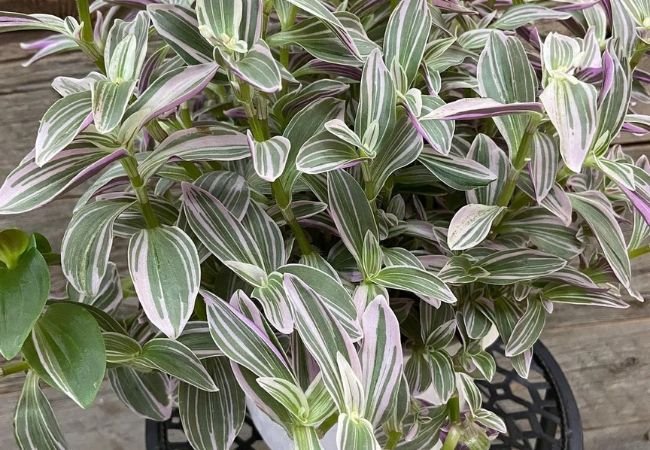
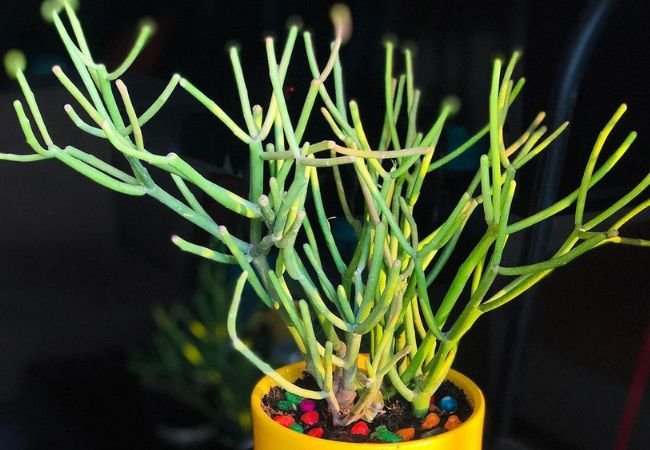
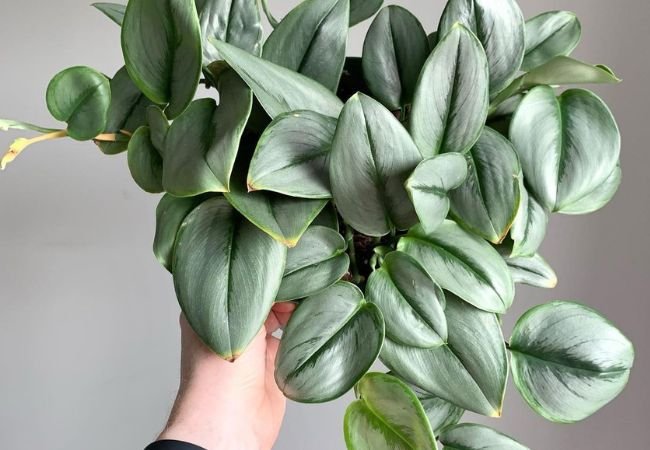
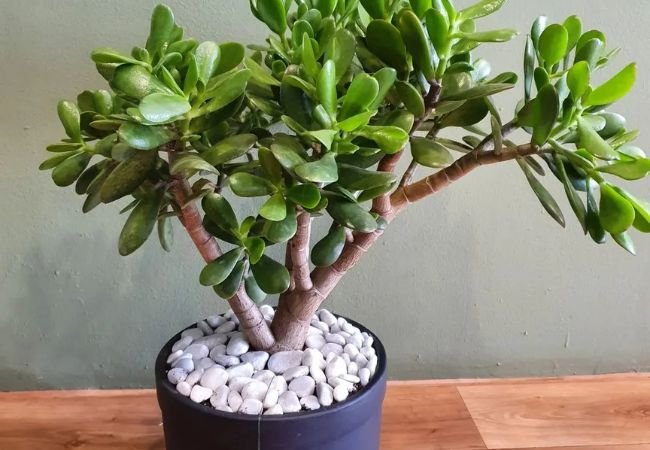
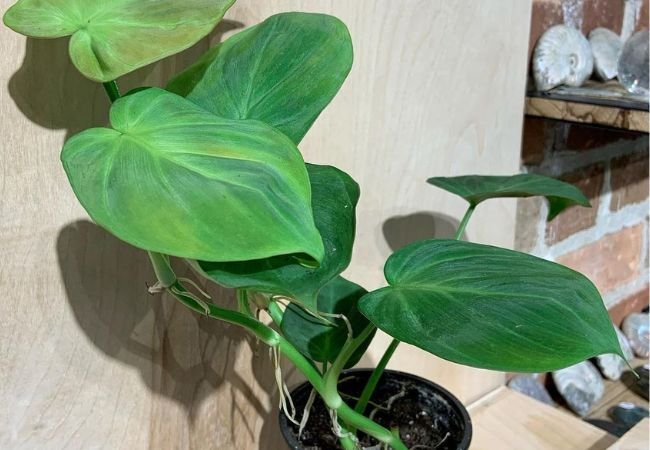
11 Comments